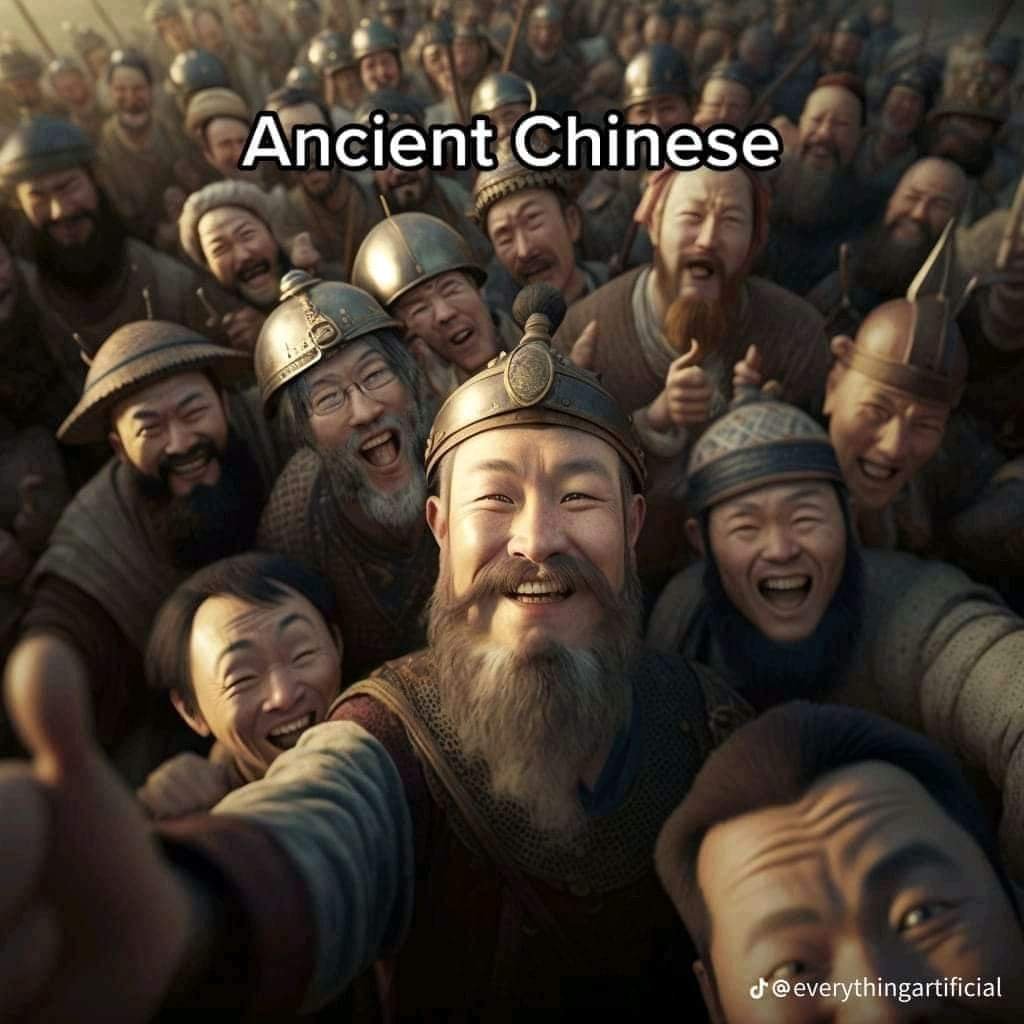A New York court has returned to Italy 14 looted and stolen works of art, some from Roman and Greek antiquity, worth $2.5 million that were smuggled internationally into the United States.
The New York State Judiciary has been conducting an extensive campaign for more than two years to return antiquities that were looted from some 20 countries and ended up in museums and art galleries in the metropolis, including the famed Metropolitan Museum of Art.
Under the auspices of Manhattan District Attorney Alvin Bragg, more than 700 projects worth more than $100 million were returned to 17 countries last year, including Cambodia, India, Pakistan, Egypt, Iraq, Greece and Italy.
The 14 works - some 2,600 years old - returned recently during a ceremony with Italian Consul General Fabrizio Di Michele and Italian carabinieri are part of 214 works (worth a total of $35 million) returned to Rome in the past seven months, the Bragg prosecutor's office said in a statement expressing satisfaction.
Since 2017, the Manhattan District Attorney's office has had a unit dedicated to combating international antiquities smuggling, as New York has been a hub for such smuggling for decades.
The 14 returned works - including a silver tetradrachm from Naxos, Sicily, dating to 430 B.C. and a marble head of Emperor Hadrian dating to 200 AD - "were stolen and smuggled by known (Italian) smugglers Giacomo Medici and Giovanni Franco Bequina and Robert Hecht, an American art dealer based in Paris who died in 2012" the release said.
These people "counted on gangs of gravediggers to loot archeological sites around the Mediterranean that they had chosen because they were not properly protected," the New York Justice Department explained.
The most emblematic case of art smugglers in New York is collector Michael Steinhart, who in 2021 was forced to return some 180 antiquities worth $70 million that had been stolen in previous decades.
Thanks to a deal with the U.S. justice system, he escaped prosecution, but was banned for life from acquiring works on the legal art market.

















































